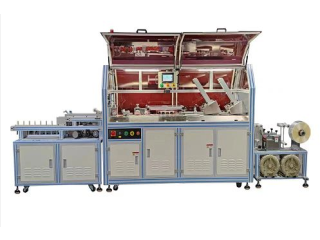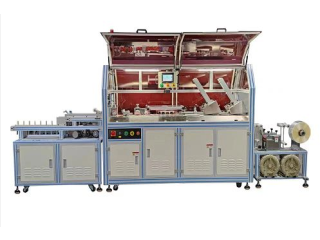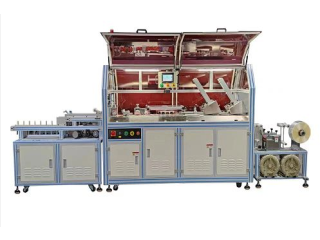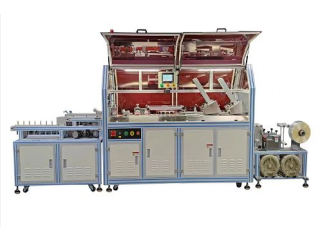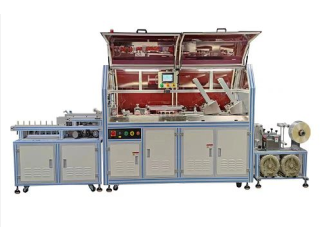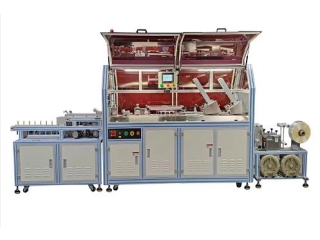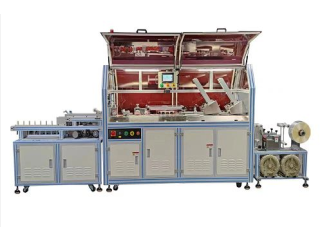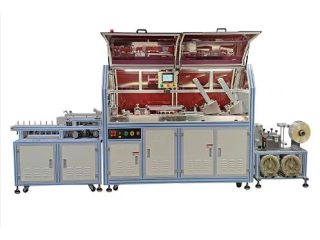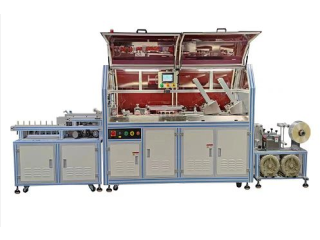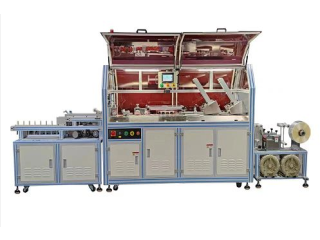CNC End Mill
Oct 17th, 2022 at 11:53 Automobiles Bahawalpur 143 viewsThere are many different factors that go into the objects you can create with a CNC mill, but the biggest contributor is going to be your CNC end mills. At the most basic level, end mills are like drill bits but instead of only drilling vertically, they can also cut horizontally and have several form factors to get the cleanest cut for specific materials. Some are used only for plastics to keep from heating too much, some are designed to keep wood from chipping or tearing out, and some are designed for ultra-fine detail work. ;
Shape
From one end mill to the next, the most obvious difference you will find is that end mills come in many shapes and sizes. Some are thin and pointy, and others are wide and rounded. Some of the most common shapes you will find are fishtail (or flat), ball-nosed, and the bullnose, and each of these can be a straight cut or a tapered cut.
Size
Size is the biggest determination of what you can do with any given end mill. Large ones excel at grinding through a lot of material at once, but you don’t get a lot of detail out of your parts. With CNC milling, the radius of your end mill is the radius of any internal corner, so you will almost never have a perfectly square corner on the inside of a milled object. Smaller and smaller end mills can be used for each pass to clean up an edge and get the part to the final dimension and shape. ;
Straight vs. Tapered
There are generally two forms of end mills: straight and tapered. This is a choice based on the geometry of your finished part because a tapered end mill won’t be able to do all the same things as a straight end mill, and a straight end mill may not be the most efficient choice. By using a tapered end mill, the cross-sectional area is larger than a straight end mill of the same tip diameter, creating a much stronger end mill that is less likely to bend while milling. For perfectly vertical walls you will need to use a straight end mill as the taper just won’t reach. However for angled walls, using a straight end mill is not the most efficient, ideal choice.
Why Use a Single Flute End Mill?
There are a lot of strange beasts out there in the cutting tool world and a lot of physics that are not obvious. For example, many machinists will know that more flutes mean more productivity, but that certain materials, like aluminum, require fewer flutes–usually two or three. If that's the case, when would it ever make sense to use 1 flute end mill? Is there a time when the least number of flutes possible is a good idea?



